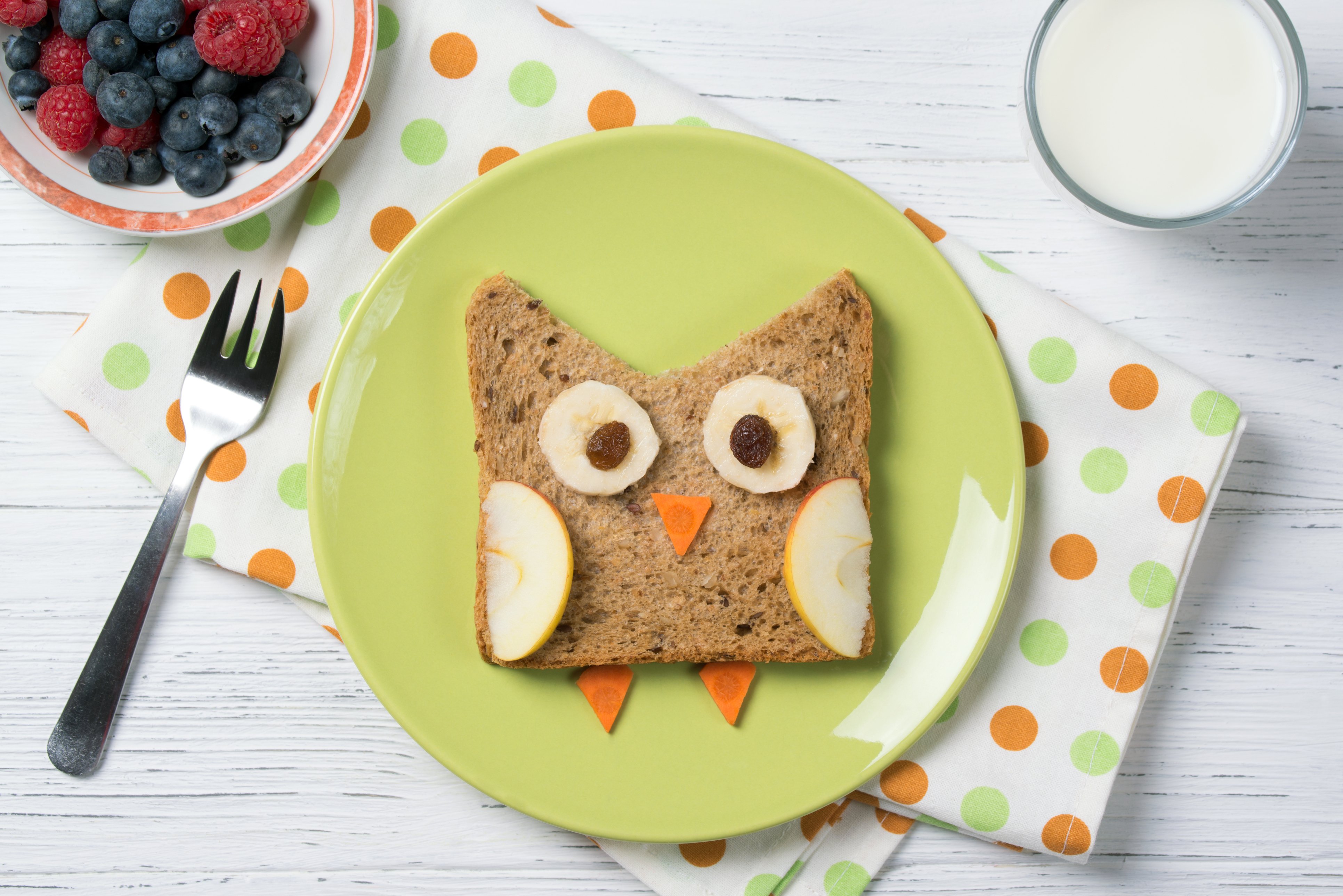When you introduce solids into your baby's diet, you will need to know the difference between pasteurized and unpasteurized food. Knowing which foods are safe for your baby will help to keep them healthy.
What is pasteurization?
Pasteurization uses heat to remove potentially harmful bacteria from food without destroying any of the food's nutrients. For example, pasteurized milk still contains essential nutrients such as calcium and vitamin D. Cheese, fruit and vegetable juices and other pasteurized foods also keep their nutrients.
Serving pasteurized food is very important, especially for babies. Their immune system is still developing, so they are not able to fight off an infection as easily as an adult can. As a result, they are at a higher risk than adults of contracting a foodborne illness (an illness caused by bacteria that enter the body through food) from an unpasteurized product.
Identifying pasteurized and unpasteurized food
Food companies are not required by law to label a food as pasteurized or unpasteurized.
It is more common to find raw or unpasteurized products at farmers' markets, farms, local orchards, cider mills and roadside stands. However, you can also find unpasteurized products at the grocery store. Do not give your baby unpasteurized food or drinks.
Guidelines for common pasteurized foods and fluids
Milk
The Government of Canada requires all milk sold in Canada to be pasteurized. Because of this, there are no requirements for manufacturers to label milk as "pasteurized".
At around 12 months of age, you may introduce your baby to pasteurized whole (3.25%) cow's milk.
Never give your child raw or unpasteurized milk, as this may contain harmful bacteria such as Salmonella, E. coli and Listeria. These bacteria could cause serious illness.
Cheese
Once your baby is able to handle textures, at around nine to 12 months of age, you can give them cheese in small cubes or grated pieces. Again, make sure the cheese is pasteurized.
Soft or imported cheeses such as Brie, Camembert or blue-veined cheeses may or may not be pasteurized. Read the label to check. If you are unsure if a cheese is pasteurized, do not give it to your baby.
Juices and ciders
Your baby can start having fruit or vegetable juices at six to nine months of age. Juice is not recommended as part of a baby's diet because it is full of sugar, but, if you do offer it, make sure it has been pasteurized.
Honey
Do not give honey to any baby under 12 months of age. Babies can get Listeria from honey, even if it is pasteurized. If you choose to add honey to your child's diet once your child turns one, make sure it has been pasteurized.

